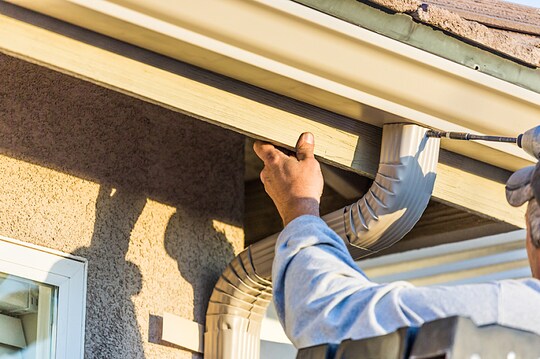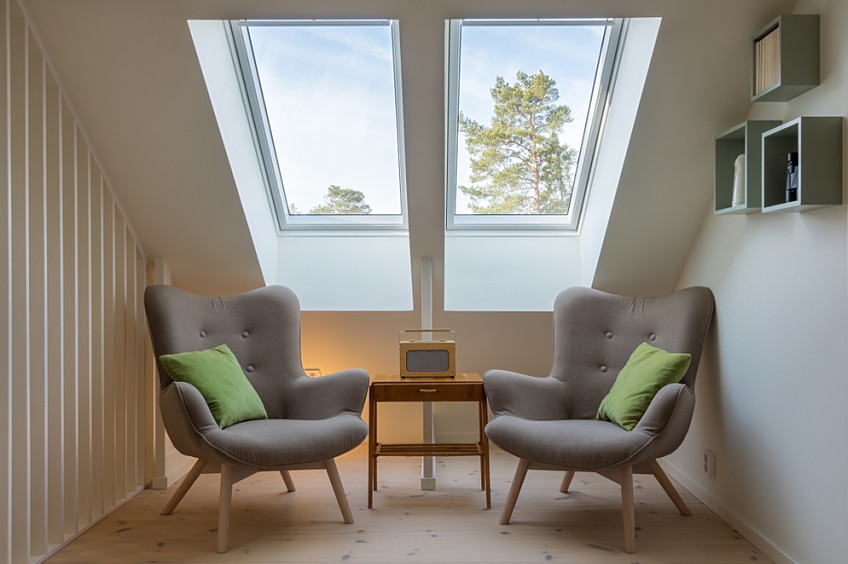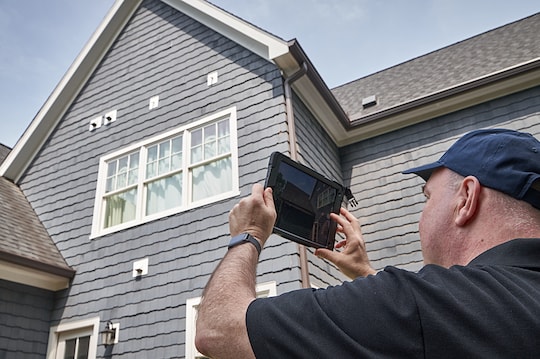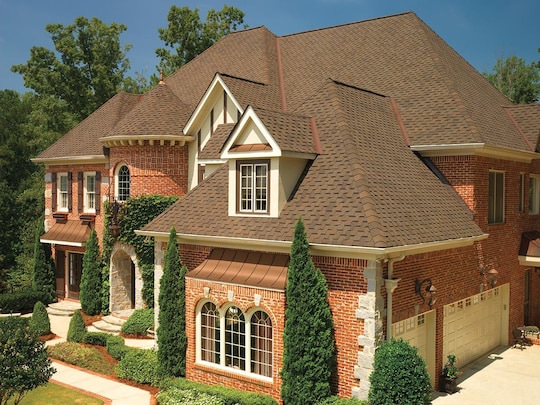
Daylighting your home using skylights is an environmentally friendly solution that both brightens and beautifies your home's interior while also reducing reliance on electricity. And the good news is that there are many different types to choose from that will light up any room. However, when thinking about adding skylights to your home, it's important to know about the different styles and features available — and the primary issues to take into consideration — before making your final decision.
Different Types of Skylights
There are three main types of skylights: fixed, ventilating, and tubular.
- Fixed skylights won't open; they simply provide light from above, along with a view of the outdoors. Some fixed skylights offer the option of built-in blinds so you can control the amount of light that is entering the room.
- Ventilating skylights open to allow fresh air to enter or stale, hot air to escape. Also known as roof windows, some are manually opened and closed, while other models can be remote-controlled.
- Tubular skylights are ideal for smaller spaces such as bathrooms and laundry rooms. They don't take up a lot of space on the ceiling, and their tunnel-like shape guides light from the roof opening down into the room.
Today's skylights are more than just windows in the roof. Manufacturers have incorporated technologies that make them perform better than ever and deliver conveniences that will make you wonder why you didn't install them sooner. Most feature low-E glass that reduces heat transfer and protects your family and belongings from potentially harmful UV rays. They are also hail-resistant for peace of mind during storms.
What to Consider Before Installing a Skylight
Age of Your Roof
The ideal time to install skylights is when you are replacing your roof. With the old roof removed and the roof deck exposed, it's easy to cut the holes required to install the skylight and ensure they are properly flashed and watertight. Installing skylights in an existing roof can risk damage to shingles, and the repairs and flashings required may detract from the overall aesthetic and curb appeal of your home.
Stick-Built or Truss-Framed?
It's important to consider whether your home has a stick-built roof or a truss-framed roof. Stick-built roof frames tend to have wider spaces between the rafters, which allow more space for skylights. Many newer homes rely on truss-framed roofs that are built off-site and hoisted into place during construction. These truss-framed roofs often have smaller spaces between rafters and are not engineered to be cut after the installation. Doing so may jeopardize the structural integrity of the roof, which is why it is critical to rely on a professional to assess and perform an installation.
Roof Slope
Steep-slope roofs are well-suited to skylights, since the angle allows for effective water runoff. While you can install skylights on lower-sloped or flat roofs, you may need to meet extra considerations for ensuring they are watertight, such as using a curb-mounted style that can be properly flashed.
Ceiling Style
Whether your ceiling is vaulted or flat can make a difference in the type of skylight that is best suited for your space. With a flat ceiling, the light must travel farther to reach the room, and interior improvements including drywall and painting will likely be needed during installation. Vaulted ceilings typically align with the slope of the roof and require less interior work with their installation.
Use a Qualified Installer
After learning about the different types of skylights and what to consider before choosing to install them, it's important to find a professional contractor who can ensure that your skylights meet your expectations and brighten your home for years to come. This is why it's imperative that you choose a roofing contractor who understands skylights and how to properly install them. Start your search by contacting a qualified GAF-certified roofing contractor* in your area.
*Contractors enrolled in GAF certification programs are not employees or agents of GAF, and GAF does not control or otherwise supervise these independent businesses. Contractors may receive benefits, such as loyalty rewards points and discounts on marketing tools from GAF for participating in the program and offering GAF enhanced warranties, which require the use of a minimum amount of GAF products.



